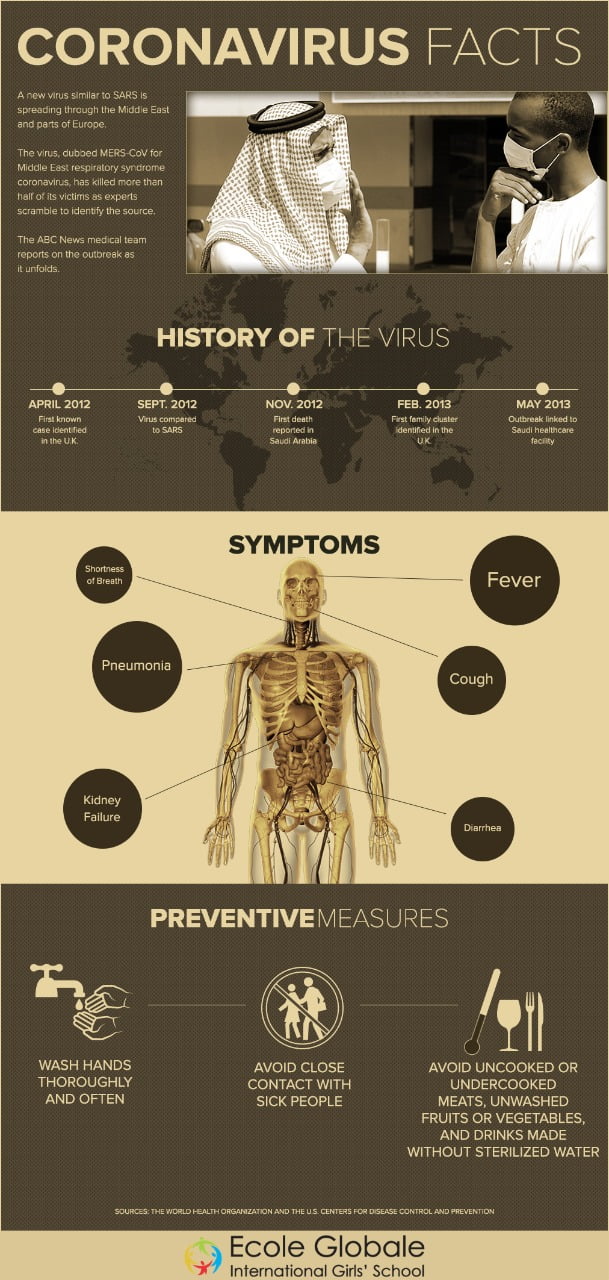Who would have thought that the entire world would come to a standstill because of a microscopic virus? All the conferences and business trips have canceled, numerous organizations have stopped their operations, and a significant part of the population is stuck inside their homes. The economy is slowing down, day/boarding schools and colleges have suspended their classes, and many organizations have laid off their workers. All these atrocities are happening because of one invisible virus. Shocking right?
It is not the first time in history that we are facing such a massive pandemic. Global pandemics have recurred several times in the history of human civilization. Be it the 1918 Spanish Flu outbreak of the H1N1 swine flu; we have overcome them all. So how did the COVID-19 develop to its current form? Is there any history behind this virus?
HISTORY OF CORONAVIRUS
The first-ever case of the novel coronavirus was documented in Wuhan, China. Today, more than 200 countries have reported the cases of the novel coronavirus. The health ministries all over the world are engaged in rigorous research, and new information is being released daily.
BACKGROUND
So what exactly is coronavirus? Coronavirus is a large family of viruses that cause respiratory diseases like the common cold, cough, etc. in humans as well as animals. These are zoonotic viruses that imply that they can be transferred from animal hosts to humans. COVID-19 is the newest addition in this category that has transferred to the human population.
Common Symptoms
- Shortness of breath
- Breathing difficulties
- Dry cough
- Fever
In more severe cases, other symptoms like pneumonia, SARS, kidney failure, and death can also be the result of this virus. The novel coronavirus is not just common flu. It is a much more deadly virus. It can spread from one person to another through contact, and the droplets carried through the air. The virus also has the capacity to survive on exposed surfaces for long durations. The incubation period of COVID-19 is anywhere between 2 to 14 days, but a majority of patients can perceive the symptoms in about five days.
RECENT CORONAVIRUS OUTBREAK HISTORY
In the past years, two other outbreaks were related to the coronavirus. The Middle East Respiratory Syndrome (MERS- CoV) of the year 2012 was discovered to have transferred in humans through camels. Similarly, in the year 2002, Severe Acute Respiratory Syndrome (SARS-CoV) outbreak happened. This also originated in China and was found to have transferred into humans through civet cats.
The current outbreak of COVID-19 has shown many similarities to MERS and SARS outbreaks. SARS had a higher fatality rate compared to COVID-19, but it did not spread on such a significant scale. MERS cases were very few, and till now, only 2500 has been reported in about 21 countries with approximately 860 deaths.
PREVALENCE OF COVID-19
Compared to these viruses, the COVID-19 is a much more severe threat. It is a highly contagious disease that has infected millions of people worldwide and causes hundreds to die. The virus is more dangerous for older adults with pre-existing medical conditions like diabetes, hypertension, blood pressure, etc.
Several countries have implemented a lockdown to curb the spread of the virus, which has spread at a staggering rate. The World Health Organization and the health ministries of various countries have set several guidelines for the people in this context.
PREVENTIVE MEASURES
WHO officially declared the novel coronavirus as a global health emergency and pandemic on 11th March 2020. This caused many countries to amp up their preventive measures. Here are a few necessary guidelines that are common for the public:-
- Frequently wash your hands using running water and soap. Also, ensure that you rub your hands with soap for at least 20 seconds. If soap and water are not available, then use an alcohol-based sanitizer with at least 60% alcohol.
- Refrain yourself from traveling during this time.
- Do not consume undercooked meat, unwashed fruits, and vegetables, etc.
- Only leave your home to buy essentials.
- Wear masks and screen your symptoms. Contact your health care provider if any signs are discovered.
- Practice social distancing and stay at your home all the time.
- Prevent yourself from meeting any outsider and sanitize yourself before entering your home.
- Practice self-quarantine if any symptoms are discovered.









